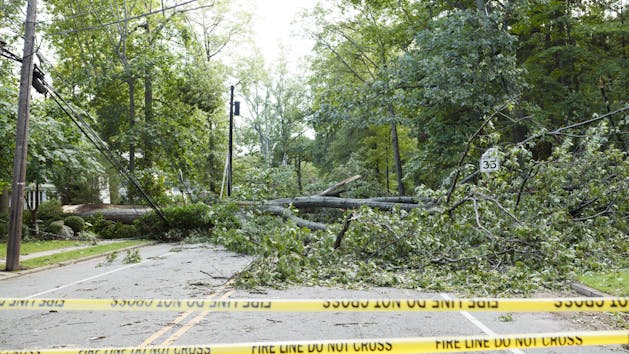Find the right solution for your business with our free Fleet Management Buyer’s Guide.
5 Elements of an Effective Fleet Safety Program
Our guest blogger Brad Penneau brings nearly 30 years of motor carrier safety, compliance, risk management and operations experience. Brad has written the manuals on the five motor carrier best-selling, best practices on safety, and has worked for Con-way Freight, Schneider National and UPS.
There have been many blogs and articles written on this topic over the years; none the worse for being a bit redundant. However, to try and capture the key elements of an effective fleet safety program in a one or two page article does not due the subject justice.
Simply put, books have been written about the elements of an effective motor carrier safety program – among the best is a 620-page hardcover “Safety for the Long Haul,” by Ronald R. Knipling, Ph. D. (recommended reading). Having written the above, the following is my take on fleet safety program essentials in one page or less (not an all-inclusive list by any means):
1. Culture
A rather nebulous item to be sure, but a safety program that does not focus on improving the organization’s culture will not be as effective as one that does. Many motor carrier safety professionals spend a disproportionate amount of time on issues related regulatory compliance. My contention is that if you achieve the right safety culture, people will naturally do the right and safe thing as a matter of choice, and compliance will take care of itself (except for all of the required paperwork). Keep in mind that the absence of violation does not necessarily translate into a safe operation.
2. Strategic
Over the years I’ve experienced carriers rollout many well-intended, well-thought-out, and measurable tactical safety initiatives only to see them fizzle a few short months after implementation. Why? Because although the initiatives were sound, they were not tied to an overriding 1-, 3-, and 5-year strategy. Without the foundation of an overall long-term and sustainable strategic plan, many tactical initiative fail and will be perceived as flavors of the month activities.
3. Training
Yes, this one is virtually on everyone’s list. The issue is that many carriers do not continually evaluate the effectiveness of their safety training efforts. Without assessment, training can devolve into a “going-through-the-motions” activity. Get in the habit of measuring the level of employee engagement, interactivity, and input through internal surveys and post-training evaluations. Safety training is all about investing in your customer (your hard-working and dedicated drivers). Make sure you are listening to the voice of your customer.
4. Parameters
Ensure employees are fully trained in and completely understand what is and is not safe behavior. Although not yet common in the motor carrier industry, do not underestimate the value of Job Safety Analysis (JSA) for virtually every task your drivers perform. JSAs (including training in the identification of hazards) establish a baseline for expected and safe behaviors. Develop them, train to them, and ensure/measure comprehension.
5. Executive
Another no-brainer. Executive leadership must embrace a meaningful and quantifiable commitment to a culture of safety. Executive’s behavior is quantified through its communications and establishing safety as a corporate core value.
There are many, many more. In fact I could write a book on this topic. Now there’s a thought!
Find out how our platform gives you the visibility you need to get more done.




